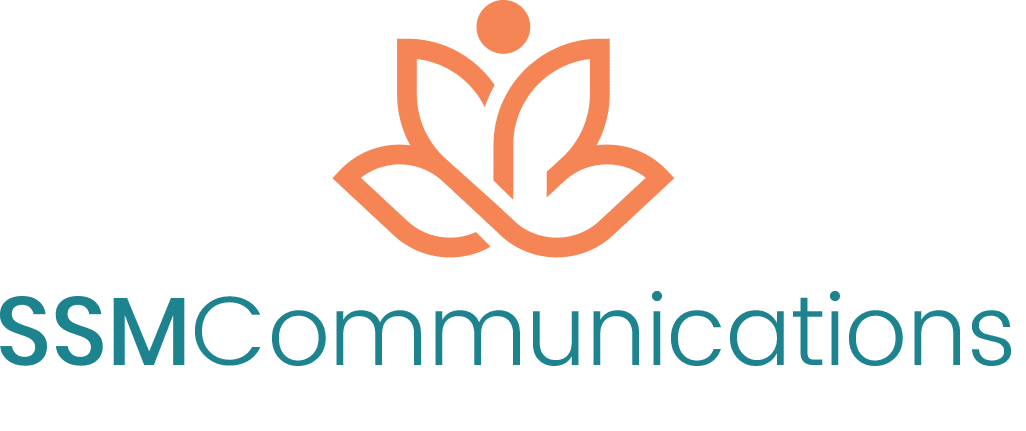Maybe you have a physical location or maybe you don’t. Let’s pretend that you do… Would you willingly close the door of your shop, office or restaurant to 15% of your customers? I would guess your answer is likely no. But that’s exactly what you’re doing with your website if you’re not taking the necessary steps to ensure your site is ADA compliant.
We believe that every website – whether it’s for a business, nonprofit organization, or government entity – should be accessible to all. It’s not just the right thing to do. In many cases, it’s also a legal obligation.
What is website accessibility?
Web accessibility is about creating websites that everyone can use, including individuals with disabilities. It means designing and developing digital spaces in ways that allow people with visual, auditory, motor, and cognitive impairments to easily perceive, understand, navigate, and interact with the content.
Why is it important that my site is accessible?
Ensuring your website is accessible goes beyond meeting general best practices—it’s a commitment to inclusivity and usability that benefits everyone, including you. How? Accessible websites tend to have better search engine rankings, broader audience reach, and increased customer satisfaction and loyalty.
What are the legal requirements of website accessibility?
When it comes to website accessibility, there’s a legal angle that’s important to understand—especially if you want to avoid any potential pitfalls while serving everyone better. In the US, the cornerstone is the Americans with Disabilities Act (ADA). Originally passed in 1990, the ADA was designed to ensure equal access to public spaces for people with disabilities. And as of 2018, the ADA also covers websites since they’re considered public places of accommodation.
The ADA itself doesn’t provide a detailed checklist for making your site accessible. So instead, the industry has embraced the Web Content Accessibility Guidelines (WCAG) 2.1 as the go-to blueprint. WCAG lays out exactly how a website should look and function to be truly accessible.
So… follow the WCAG guidelines and you’re making your website ADA-compliant.
How do we make our website accessible?
There are several options you can choose in order to make sure your site is accessible and ADA-compliant:
AI-Powered Accessibility Solutions
Tools like accessiBe use artificial intelligence to scan your website for issues and automatically implement fixes. They provide continuous monitoring and updates, making it easier to stay on top of compliance. accessiBe is our tool of choice and the one we recommend to all of our clients.
Benefits of accessiBe:
- Automated: Your website is scanned for accessibility issues and can implement fixes in real time.
- Continuous Monitoring: Once set up, accessiBe continuously monitors your site, ensuring ongoing compliance without constant manual checks.
- Built Side-by-Side with People with Disabilities: accessiBe is proud to work side by side with the disability communities. They all play a vital role in accessiBe’s research and development by helping them build a product that truly helps them and addresses their needs.
Considerations:
- Dependence on Plugin Updates: These solutions rely on regular plugin updates to keep up with evolving accessibility standards; any lag in updates could leave gaps. If your site is on our WordPress Maintenance + Care plan, we take care of the updates for you so there’s no need to worry.
- Ongoing Costs: accessiBe does have a yearly license fee which includes ongoing maintenance, an accessibility statement, and monthly compliance audits.
WordPress Plugins
If your website is built on WordPress, there are dedicated accessibility plugins available. These plugins help address common issues without requiring deep technical expertise, streamlining the path to accessibility.
Benefits of Plugins:
- Seamless Integration: Especially for platforms like WordPress, plugins can be added directly into your CMS, streamlining the process.
- Cost-Effective: Many accessibility plugins are free or low-cost, offering an affordable solution for improving compliance.
- User-Friendly: They often feature simple interfaces, allowing non-technical users to manage and update accessibility features easily.
Considerations:
- Limited Scope: While plugins handle common accessibility issues, they might not address all the unique challenges of your specific website design.
- Compatibility Issues: There’s a risk of conflicts with other plugins or custom code, which can lead to unexpected functionality issues.
- Maintenance Overhead: Plugins require regular updates to remain effective and secure, which can add to the workload if not managed properly.
Manual Audits and Remediation
For a more in-depth approach, you can hire accessibility consultants or agencies to perform detailed audits. This method is ideal for identifying and fixing nuanced or complex accessibility challenges that automated tools might miss.
Benefits of Manual Audits and Remediation:
- Thorough and Customized: Experts conduct detailed reviews, catching nuanced issues that automated tools might miss.
- Tailored Recommendations: Auditors provide specific, actionable guidance based on your website’s unique design and content.
- Real-World Insights: Often incorporating user testing with individuals with disabilities, manual audits offer practical, real-life feedback to further enhance accessibility.
Considerations:
- Time-Consuming: A comprehensive manual audit can be a lengthy process, delaying the implementation of accessibility improvements.
- Higher Costs: Hiring accessibility experts or consultants can be more expensive than automated solutions, particularly for smaller websites.
- Subjectivity: Even experienced auditors might have varying opinions on certain issues, and manual reviews may need to be repeated periodically as your site evolves.
At the end of the day, web accessibility isn’t just about compliance – it’s about making sure your website is a welcoming space for everyone. Whether you choose an AI-powered solution like accessiBe, a WordPress plugin, or a manual audit, the key is to act.
Ready to make sure your website is accessible? Contact us today for a free audit!


